The King's Men visit Saffron Walden
Different groups of Elizabethan acting companies travelled through the English countryside along well-established routes, during the reigns of both Elizabeth I and subsequently King James I.
Saffron Walden in Essex lay on such a well-trodden path, despite its more remote location to the north of the main road from London to Ipswich.
-
![]()
Much ado near me
Hear more Shakespeare stories on BBC Essex
-
![]()
Shakespeare Festival 2016
The BBC celebrates the genius of the bard
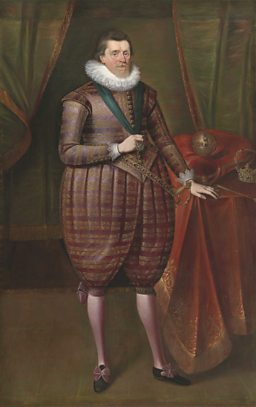
Alan H Nelson, Record for Early English Drama editor, writes:
Saffron Walden in Essex lay on such a well-trodden path, despite its more remote location to the north of the main road from London to Ipswich. Records show that it was visited by several companies of players around Shakespeare’s time.
Maybe the King’s Men were trying out new plays, which in 1605-6 may have included King Lear and Timon of Athens.
The players of Elizabeth I appeared often up to her death in 1603. When she died on 24 March, James VI of Scotland acceded to the throne of England as James I, and one of his first acts was to become official patron of Shakespeare’s troupe of actors. Up until then they were known as the Lord Chamberlain’s Men. But from now on, they were the King’s Men.
Records in Saffron Walden show that in December 1605 the King’s players, as Shakespeare’s players were also known, were paid six shillings eight pence, presumably for a play.
There are town records of other companies also performing there, such as the Queen’s Men who received five shillings. Two years later, in 1607, the Prince’s players (famous Tudor actor Edward Alleyn’s company) received three shillings four pence.
Since they were reimbursed by the town guild, the players are presumed to have performed in the town’s Guildhall. Though rebuilt since Shakespeare’s day, the modern Guildhall may suggest something of the structure of its predecessor.
We don’t know for certain that William Shakespeare, much less Edward Alleyn, were still travelling with their companies at these relatively late dates in their careers, but it seems entirely likely that residents of the lovely market town were treated to a performance of some Shakespeare play then in repertory.
By the chance survival of a book from the Revels Office, we know the names of plays performed the previous Christmas season at court in London. For the Queen’s Men it was Thomas Heywood’s How to Learn of a Woman to Woo. For the King’s Men it was two plays by Ben Jonson, together with seven works by Shakespeare: Measure for Measure, Comedy of Errors, Merchant of Venice, Merry Wives of Windsor, Love’s Labour’s Lost, and Henry V.
But maybe the King’s Men were trying out new plays, which in 1605-6 may have included King Lear and Timon of Athens. Let us hope that, for the good people of Saffron Walden, it was the mighty King Lear to which they were treated.
Who were the King's Men?
The plague delayed the new King James’s coronation for almost a year. On 15 March 1604, James finally had his coronation procession.
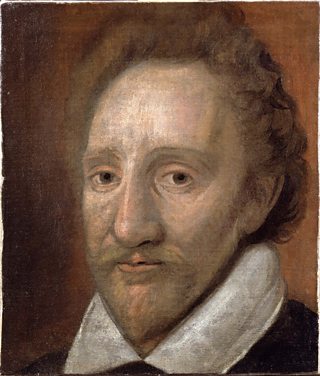
As the festive day approached, the Lord Chamberlain issued red or scarlet cloth, to be made into livery garments, to more than a thousand royal servants, including twenty-eight players.
From the notebook recording the purchase and distribution of cloth we know the names of three playing companies, the King’s Men, the Queen’s Men, and the Prince’s Men, and we know the names of nine or ten principal players from each company.
The King’s Men were headed by William Shakespeare, the Queen’s Men by Christopher Beeston, and the Prince’s Men by Edward Alleyn.
Shakespeare was a member for most of his writing and acting career.
They were known as the Lord Chamberlain’s Men during the reign of Elizabeth I and become the King’s Men by the royal decree of King James I when he came to power in 1603.
A royal patent of 1603 created the King’s Men who were named as Lawrence Fletcher, William Shakespeare, Richard Burbage, Augustine Phillips, John Heminges, Henry Condell, William Sly, Robert Armin, Richard Cowley ”and the rest of their associates…”.
Richard Burbage was to play Shakespeare’s lead roles during his acting career, including Macbeth, Othello and King Lear.
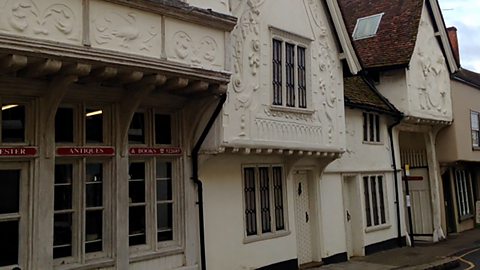
Tony Fisher discovers more about the way Shakespeare worked
The BBC Essex presenter learns about iambic pentamater from The Pantalons theatre company
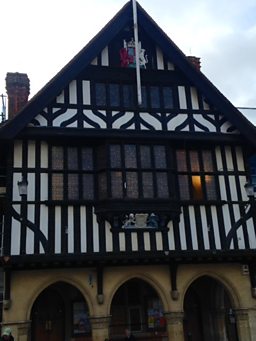
Shakespeare on Tour
From the moment they were written through to the present day, Shakespeare’s plays have continued to enthral and inspire audiences. They’ve been performed in venues big and small – including inns, private houses and emerging provincial theatres.

BBC English Regions is building a digital picture which tracks some of the many iconic moments across the country as we follow the ‘explosion’ in the performance of The Bard’s plays, from his own lifetime to recent times.
Drawing on fascinating new research from Records of Early English Drama (REED), plus the British Library's extensive collection of playbills, as well as expertise from De Montfort University and the Arts and Humanities Research Council, Shakespeare on Tour is a unique timeline of iconic moments of those performances, starting with his own troupe of actors, to highlights from more recent times. Listen out for stories on Shakespeare’s legacy on your BBC Local Radio station from Monday 21 March, 2016.
You never know - you might find evidence of Shakespeare’s footsteps close to home…
Craig Henderson, BBC English Regions
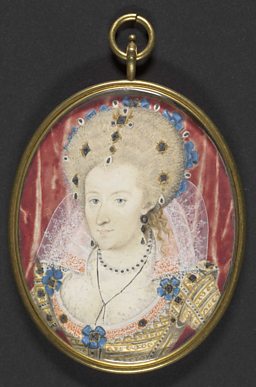
Related Links
-
![]()
Shakespeare Lives
The nation’s greatest performing arts institutions mark 400 years since the Bard's death
Shakespeare on Tour: Around Essex
-
![]()
Burlesque and Shakespeare collide in Colchester
The Burlesque versions of Shakespeare being performed in Colchester
Shakespeare on Tour: Around the country
-
![]()
Lancaster Theatre sparkles with Shakespearean talent
The Grand Theatre in Lancaster, which was once managed by Stephen Kemble
-
![]()
Reading’s Puritans turn away Shakespeare
Shakespeare's men paid not to play in Reading
-
![]()
Belvoir Castle
Belvoir Castle, home of the Duke of Rutland
-
![]()
Did Shakespeare visit Bristol in 1597?
Civic accounts show a high amount of performances in Bath









